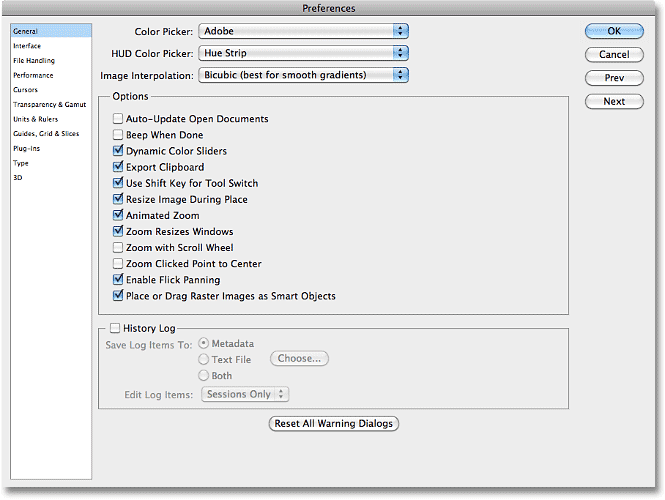
- #Photoshop cs5 mac files when transferring how to
- #Photoshop cs5 mac files when transferring manual
- #Photoshop cs5 mac files when transferring archive
- #Photoshop cs5 mac files when transferring software
For one thing, it doesn’t matter if your startup disk is external.

Perhaps you’re doing this to verify that the duplicate works (in which case you may be running from the duplicate for only a few minutes), or perhaps your startup disk is having problems and you want to run a disk repair utility while carrying on with your regular work.Įither way, let me start by saying what isn’t a problem in this scenario. The most likely scenario, which gets more confusing, is when your regular startup disk is still present and functional but you hook up your duplicate and boot from it temporarily. It’s a pity that many otherwise highly competent backup apps don’t account for this usage case.īooting from an External Drive - Although the situation I just described is the least ambiguous, it’s also relatively infrequent.
#Photoshop cs5 mac files when transferring software
You could ask the software to restore everything backed up after a certain time, overwriting any existing files, but that would take quite a while.
#Photoshop cs5 mac files when transferring archive
In many backup apps (and again, I’m thinking especially of Time Machine and CrashPlan), there’s no simple way to say, “Show me all and only theįiles that changed and were backed up after time x.” You may have to dig through folders one by one in your backup archive to find these files.
#Photoshop cs5 mac files when transferring manual
This, I’m sorry to say, is often an entirely manual procedure. What if there was a time lag between when you made the duplicate and when you started using it? And what if, during that lag, you created or edited data on your startup disk - and backed it up to a destination other than where your bootable duplicate is stored? Now you have a startup disk that’s somewhat out of date, and to make it current, you’ll have to go to that other backup to locate and restore any important files that were changed after you last updated the duplicate. You can carry on as if nothing happened everything, including your backups, should simply pick up where they left off, which is almost certainly what you want. It is, for all practical purposes, the same disk. All it knows is: here’s a disk with exactly the same data in exactly the same place. Your Mac doesn’t care about the fact that the new hard drive may have a different brand, capacity, or speed. Swapping Your Startup Drive - Suppose your Mac’s internal hard drive dies completely, so you remove it from your Mac and replace it with the drive on which you’d previously stored your bootable duplicate. To untangle things, let’s start with the least ambiguous situation. Others worry that the duplicate will cause all sorts of problems because it’s not enough like the original, resulting in extra, unnecessary steps. Some people expect a duplicate to behave entirely like the original in every situation, which turns out not to be quite true. So far, so good.īut, based on numerous email exchanges I’ve had with people who have read my various books and articles about backups, what happens once you’ve booted from the duplicate is sometimes unclear. Doing so enables you to get back to work immediately if anything goes wrong with your startup disk running from the duplicate makes your Mac behave as though nothing had happened. It’s simple enough to make a duplicate using a tool such as Carbon Copy Cloner or SuperDuper having done that, you can use the duplicate to boot your Mac either by selecting it in the Startup Disk pane of System Preferences or by holding down Option while restarting and selecting the volume containing the duplicate. (For complete details about my suggested strategy, including the steps to create a bootable duplicate, see “ Take Control of Backing Up Your Mac.”) Together, this combination can protect your data against almost any disaster, while making recovery as painless as possible. In doing so, I hope to clear up several common points of confusion, particularly regarding ongoing backups and syncing other types of data.įor years I’ve recommended a three-pronged backup strategy consisting of versioned backups (such as those produced by Time Machine or CrashPlan), bootable duplicates (complete copies of everything on your startup disk, stored on an external drive), and offsite data storage (either in the cloud or by rotating physical media to other locations). In this first installment of FlippedBITS, I want to look at what happens when you boot your Mac from a duplicate (or “clone”) of your startup disk.

#Photoshop cs5 mac files when transferring how to



 0 kommentar(er)
0 kommentar(er)
